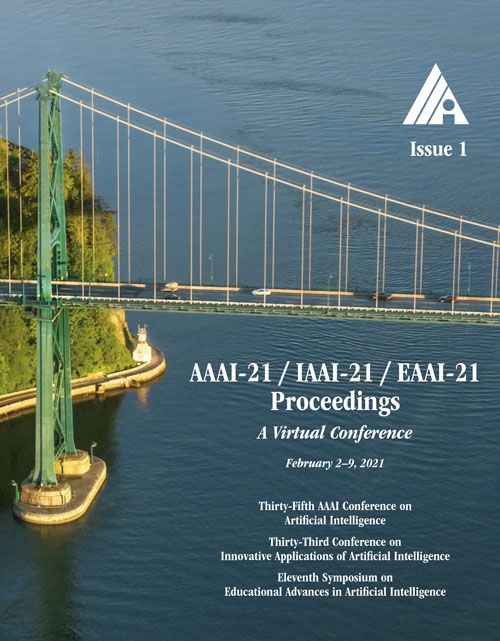Towered Actor Critic For Handling Multiple Action Types In Reinforcement Learning For Drug Discovery
DOI:
https://doi.org/10.1609/aaai.v35i1.16087Keywords:
Healthcare, Medicine & Wellness, Reinforcement Learning, Other ApplicationsAbstract
Reinforcement learning (RL) has made significant progress in both abstract and real-world domains, but the majority of state-of-the-art algorithms deal only with monotonic actions. However, some applications require agents to reason over different types of actions. Our application simulates reaction-based molecule generation, used as part of the drug discovery pipeline, and includes both uni-molecular and bi-molecular reactions. This paper introduces a novel framework, towered actor critic (TAC), to handle multiple action types. The TAC framework is general in that it is designed to be combined with any existing RL algorithms for continuous action space. We combine it with TD3 to empirically obtain significantly better results than existing methods in the drug discovery setting. TAC is also applied to RL benchmarks in OpenAI Gym and results show that our framework can improve, or at least does not hurt, performance relative to standard TD3.Downloads
Published
2021-05-18
How to Cite
Gottipati, S. K., Pathak, Y., Sattarov, B., Sahir, . ., Nuttall, R., Amini, M., Taylor, M. E., & Chandar, S. (2021). Towered Actor Critic For Handling Multiple Action Types In Reinforcement Learning For Drug Discovery. Proceedings of the AAAI Conference on Artificial Intelligence, 35(1), 142-150. https://doi.org/10.1609/aaai.v35i1.16087
Issue
Section
AAAI Technical Track on Application Domains

